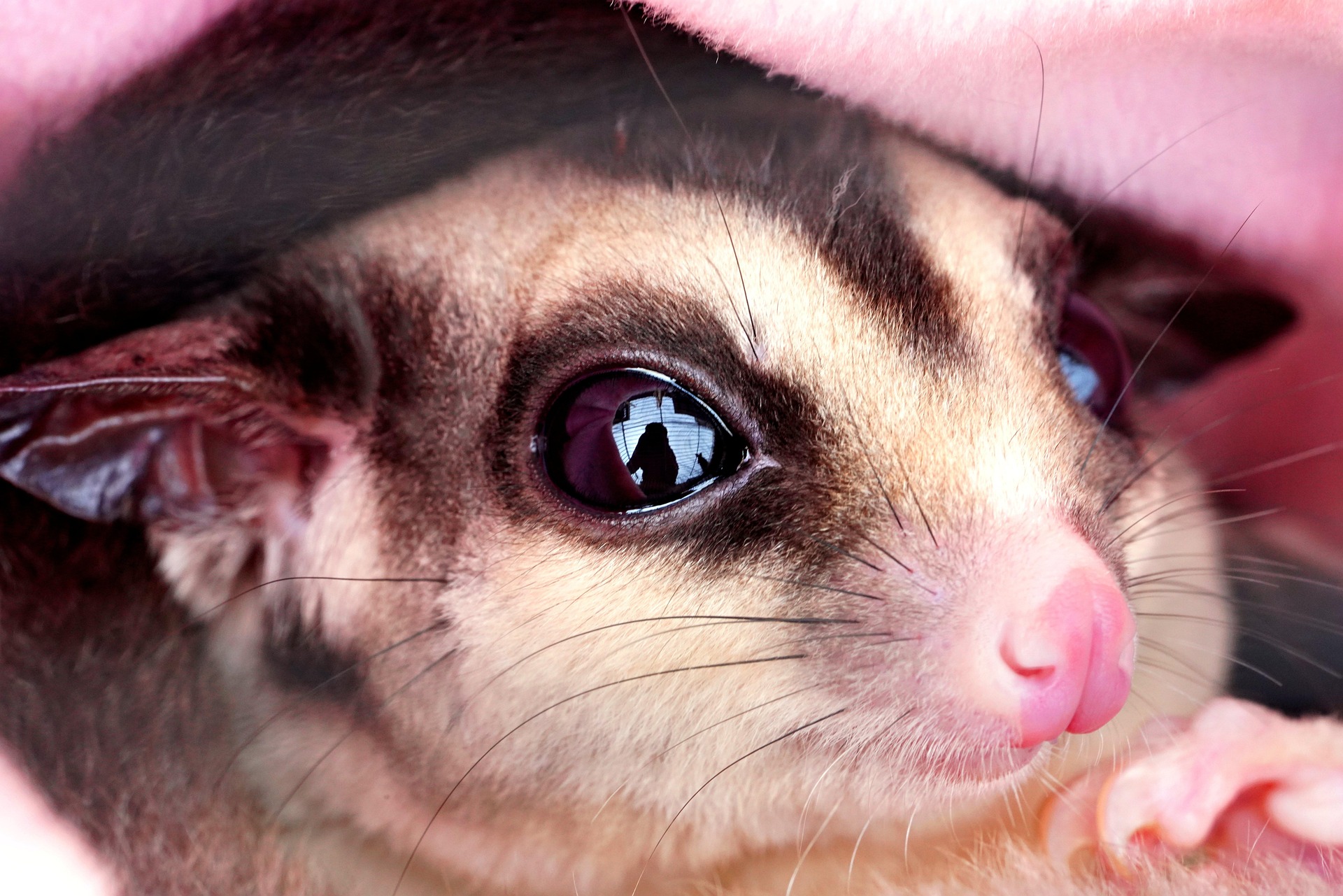Title: Unveiling the Enigmatic World of Axolotls
Introduction: Step into the captivating realm of axolotls, nature's extraordinary amphibians that defy aging and possess remarkable regenerative abilities. These enchanting creatures, with their perpetual youthful appearance and incredible capacity to regrow lost body parts, have fascinated scientists and pet enthusiasts alike. Join us as we dive deep into the mysterious world of axolotls, exploring their unique characteristics, conservation status, and rising popularity as exotic pets.

Regeneration: The Axolotl’s Superpower
Perhaps the most astonishing feature of axolotls is their unparalleled regenerative abilities. These amphibians can regrow lost limbs, organs, and even parts of their brain and heart with perfect precision. This remarkable trait has made them invaluable subjects in scientific research, particularly in the fields of regenerative medicine and cancer studies. Scientists hope that by understanding the axolotl’s regenerative processes, they can unlock new possibilities for human tissue regeneration and wound healing.
Conservation Crisis: The Wild Axolotl’s Struggle
While axolotls thrive in captivity, their wild counterparts face a dire situation. The species is critically endangered in its native habitat, the canals of Xochimilco in Mexico City. Urbanization, pollution, and the introduction of invasive species have decimated wild axolotl populations. Recent surveys estimate that fewer than 1,000 individuals remain in the wild, highlighting the urgent need for conservation efforts. Initiatives are underway to restore their natural habitat and establish protected areas, but the battle to save wild axolotls is far from over.
The Rise of Axolotls as Exotic Pets
In recent years, axolotls have gained significant popularity as exotic pets, captivating enthusiasts with their unique appearance and low-maintenance care requirements. Their perpetual smiling expressions and array of color morphs, including albino, leucistic, and wild-type, have contributed to their charm. As pets, axolotls typically cost between $20 and $70, depending on their color and source. However, the initial setup for a proper axolotl habitat can range from $100 to $500, factoring in the aquarium, filtration system, and necessary water treatments.
Axolotl Care: Creating an Aquatic Paradise
Providing proper care for pet axolotls requires attention to detail and a commitment to maintaining their specific environmental needs. These amphibians thrive in cool, clean water with temperatures between 60-64°F (15-18°C). A well-filtered aquarium of at least 20 gallons is essential for a single axolotl, with an additional 10 gallons for each additional specimen. The substrate should be fine sand or bare bottom to prevent accidental ingestion during feeding.
Dietary Needs of the Smiling Salamander
Axolotls are carnivorous and require a diet rich in protein. In captivity, they readily accept a variety of foods, including earthworms, bloodworms, brine shrimp, and specially formulated axolotl pellets. It’s crucial to avoid feeding them anything larger than the width of their head to prevent choking or impaction. Regular feeding schedules and portion control are essential to maintain their health and prevent obesity.
The Axolotl’s Impact on Scientific Research
Beyond their appeal as pets, axolotls continue to play a crucial role in scientific research. Their ability to regenerate complex structures without scarring has made them invaluable models for studying tissue regeneration, cancer resistance, and embryonic development. Recent advancements in gene editing techniques, such as CRISPR, have further expanded the potential of axolotl research, allowing scientists to manipulate specific genes and study their effects on regeneration and development.
Axolotl Behavior and Intelligence
While often perceived as simple creatures, axolotls display intriguing behaviors that suggest a level of intelligence and adaptability. They exhibit individual personalities, with some being more outgoing and others shy. Axolotls have been observed learning to associate certain stimuli with feeding times and can recognize their caretakers. Their ability to navigate their environment using a combination of vision, smell, and electrosensory organs demonstrates a complex sensory system that allows them to thrive in their aquatic habitat.
The Future of Axolotls: Conservation and Captive Breeding
As wild axolotl populations continue to decline, the importance of captive breeding programs has become paramount. Zoos, aquariums, and dedicated conservation organizations are working to maintain genetic diversity and potentially reintroduce axolotls to restored habitats. These efforts, combined with increasing public awareness and stricter environmental regulations, offer hope for the survival of this unique species. The growing popularity of axolotls as pets also presents an opportunity to educate the public about amphibian conservation and the broader implications of habitat loss and environmental degradation.
In conclusion, axolotls represent a fascinating intersection of evolutionary biology, regenerative science, and conservation efforts. Their unique abilities continue to captivate researchers and pet enthusiasts alike, offering insights into the potential for regenerative medicine and the importance of preserving biodiversity. As we continue to unravel the mysteries of these remarkable creatures, it becomes clear that the smiling salamander has much to teach us about resilience, adaptation, and the wonders of the natural world.





